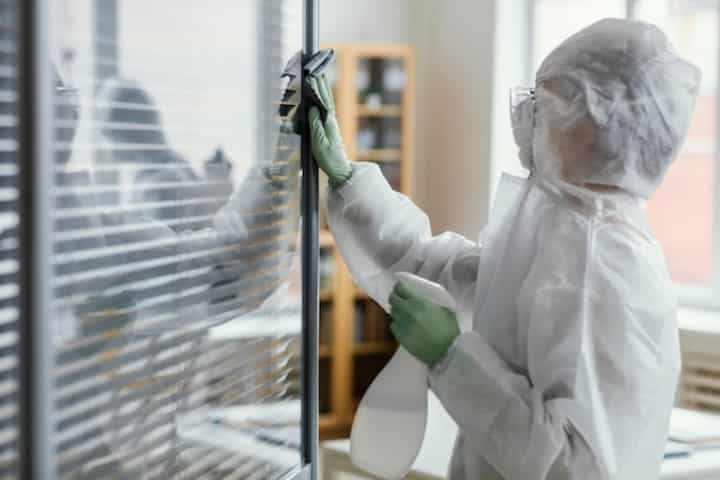
Uncovering Mold The Importance of Professional Visual Inspections
Mold can be an insidious intruder in homes and buildings, often lurking unseen until it has caused significant damage or health issues. It thrives in damp, humid environments, making it crucial for property owners to be vigilant about its presence. While some mold can be visible to the naked eye, other types may be hidden behind walls, under floors, or in other inaccessible areas. This is where professional visual inspections become invaluable. These inspections not only identify visible mold but also help uncover hidden mold problems, ensuring that the issue is addressed comprehensively and effectively.
The Role of Professional Visual Inspections
Professional visual inspections are a critical component of mold detection and remediation processes. They involve trained inspectors assessing a property for signs of mold growth, moisture issues, and potential vulnerabilities that could lead to mold development. These inspections are essential for several reasons:
- Comprehensive Assessment: Inspectors are trained to identify not only visible mold but also the subtle signs that indicate hidden mold presence. This thorough approach ensures that all potential problem areas are evaluated.
- Identification of Moisture Sources: Mold requires moisture to grow. Professional inspections often include identifying sources of moisture, such as leaks or inadequate ventilation, which are crucial to preventing future mold growth.
- Expertise and Equipment: Inspectors use specialized tools and techniques to detect mold in areas that are not easily accessible, providing a more accurate assessment than a simple visual check by an untrained eye.
Why DIY Inspections May Fall Short
While some homeowners may attempt to conduct their own mold inspections, there are significant limitations to this approach. DIY inspections often lack the depth and precision needed to properly identify and address mold issues:
- Lack of Equipment: Most individuals do not have access to the specialized tools required for a thorough inspection, such as moisture meters, thermal imaging cameras, or air quality testers.
- Inexperience: Without professional training, it's easy to overlook subtle signs of mold or misidentify harmless substances as mold.
- Partial Coverage: DIY inspections may not cover all areas of a property, particularly those that are difficult to access or require dismantling parts of the structure.
For a deeper understanding of why professional inspections are important, explore further insights here.
The Inspection Process
A professional visual inspection typically involves several stages, each designed to ensure a thorough evaluation of the property:
Initial Assessment
The inspection begins with an initial walkthrough of the property, where the inspector looks for visible signs of mold and evaluates the general condition of the building. This sets the stage for a more detailed investigation.
Detailed Examination
During the detailed examination, the inspector uses specialized equipment to check for mold in hidden areas. This may include examining behind walls, under carpets, and in attics or basements. Moisture readings and air quality tests might be conducted to identify areas with high humidity or mold spores.
Read more about this topic by visiting this detailed guide.
Reporting and Recommendations
After the inspection, a detailed report is provided, outlining the findings and suggesting potential remediation actions. This report is crucial for planning the next steps, whether it involves mold removal, repairs, or improvements to ventilation and moisture control.
Conclusion
Ensuring a safe and healthy living environment starts with understanding the importance of professional visual inspections for mold. These inspections provide a comprehensive evaluation of a property, identifying both visible and hidden mold issues, and offering actionable insights for remediation. By engaging trained professionals, property owners can effectively safeguard their investments and protect the health of occupants. Find additional information here on how professional inspections can benefit your property.